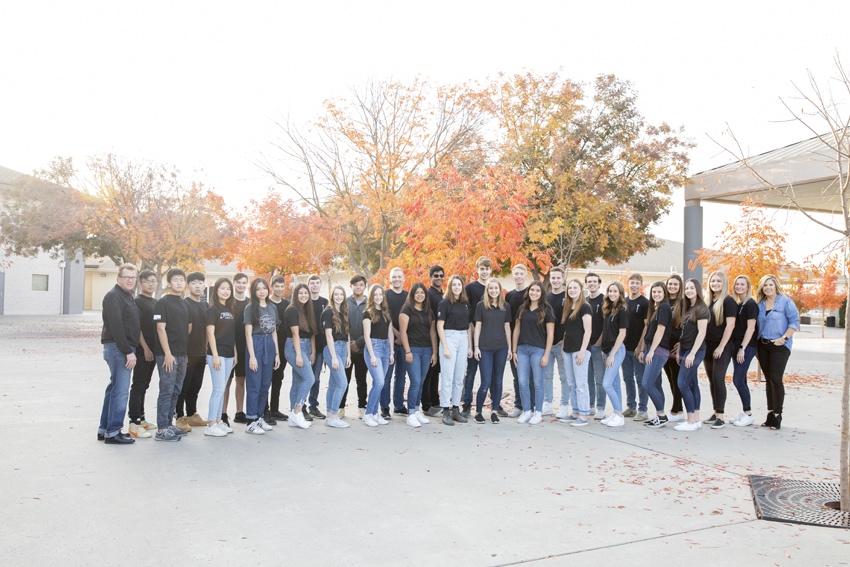Hours of heated discussions and meetings finally produced what appears today, a well-oiled machine. It was in those energized conversations that the The Feather evolved.
That was 25-years-ago. Today, The Feather publishes new information every day in an online edition and a monthly hardcopy paper.
“It didn’t come easily,” Tim Wilkins, superintendent, said. “We had to develop our own [online edition]. That was before Mr. [David] Martens was here.”
After years of work, Principal Gary Schultz believes the paper has taken huge leaps towards excellence.
“There’s no comparison in terms of quality,” Schultz said. “It used to be printed just to be seen in the school and we weren’t online. The paper used to be just a little bit of news about the school.”
Wilkins professes that the newspaper becomes an archive of the school’s history.
“My view is that the hardcopy of the high school newspaper should be archival in its news,” Wilkins said. “That’s very important in high school.”
Greg Stobbe, current Feather adviser, has been aiding in the production of campus newspapers since 1995.
“Mrs. [Molly] Sargent was pulling out her hair doing the yearbook and the newspaper,” Stobbe said. “I was teaching six straight English classes and was going to quit if I didn’t get a break.”
A journalism major in college, Sargent, yearbook adviser and previous Feather adviser, had a rocky start.
“The staff at that time [1992-4] were almost all seniors and they were loyal to the adviser that had left,” Sargent said. “I taught the paper different so there was resentment to start off with. I went over previous years’ newspapers and how to improve it. They took it as criticism, but it got better.”
Anyone who has ever tackled a large project can attest to the challenges that it brings.
“I had only taken one journalism class in college,” Stobbe said. “I was fortunate to have a kid [Ricky Barrett, grad of 1996] that had done computer work before, so it was me and him against the world.”
The years that Sargent ran the show, junior high also worked on the paper.
“Because junior highers were in the class, there was constant division,” Sargent said. “The high schoolers resented when I asked them to help the junior highers, which is understandable. The only real difficult part was teaching both levels and getting them to cooperate.”
Along with the pressure to excel, pandemonium is inevitable.
“If a person were to walk into the journalism room, they might think the class is chaotic,” Stobbe said. “The fact is, it is chaos. I am made for chaos. The class is a whirlwind of activity. I need a certain amount of chaos to work. Music, talking, writing stories or whatever adds to the creative process and produce an award-winning paper.”
But, even before Sargent and Stobbe, there was Mrs. Joan Johnson.
“It wasn’t even a newspaper,” Johnson professes. “Occasionally a flyer was produced.”
Even though online editions are becoming common, Johnson still prefers the hardcopies.
“I don’t like the online papers,” Johnson said. “I like to hold a paper in my hands and read it.”
Johnson managed the paper for about seven years, winning the All-Valley award [sponsored by California State University, Fresno] several times.
“I had a yearbook class, then in March when yearbook finished, at that point I started it,” Johnson said. “I did it hand-in-hand with yearbook. Eventually it became a separate class.”
Johnson believes the paper should cover campus related materials only.
“The paper should feature students,” Johnson said. “It should provide coverage for all the activities. It should reflect the news of the campus and issues that it is dealing with.”
Schultz thinks that the paper should showcase the school.
“The newspaper is a public relations and learning tool,” Schultz said. “Today, it’s what alumni look at. Thousands see the staff [writers] work. I expect the newspaper to only print ‘A’ work.”
Part of the journalism program is to assist potential journalists in making them skilled writers.
“My combined expectations are to provide valuable service for our school,” Wilkins said. “But, more importantly, to develop young, budding, potential journalists that would make a difference in the world.”
Teamwork and cooperation combine to create the paper.
“The students in this class have to take responsibility for creating a product that is worthy of printing,” Stobbe said. “They aren’t only responsible to me, they are responsible to each other and that’s what makes a good paper. They expect excellence from each other which in turn drives them to create a solid publication.”
Today, The Feather continues to win numerous awards sponsored by Columbia University, California State University, Fresno and the National Scholastic Press Association.
For more information contact Stobbe at [email protected] or at 299-1695, ext. 5. To view the online paper and the archives, go to www.thefeather.com.

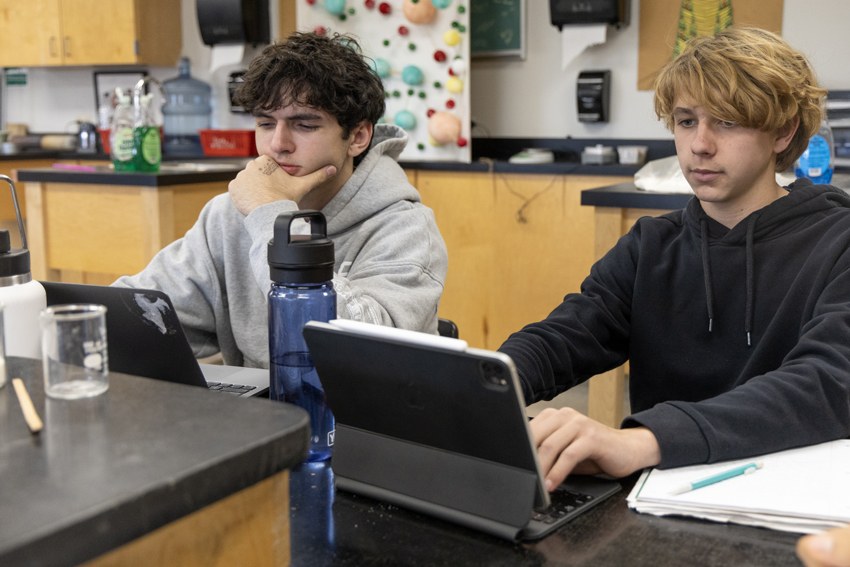

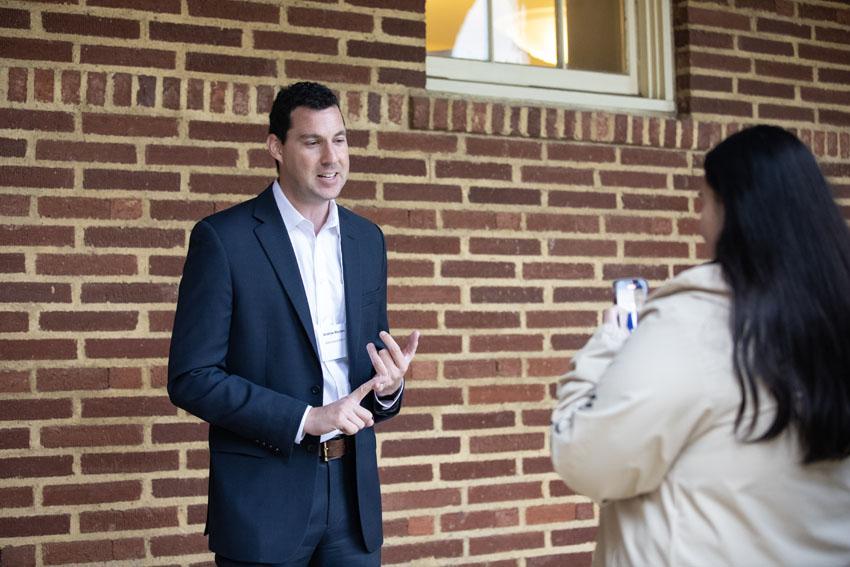

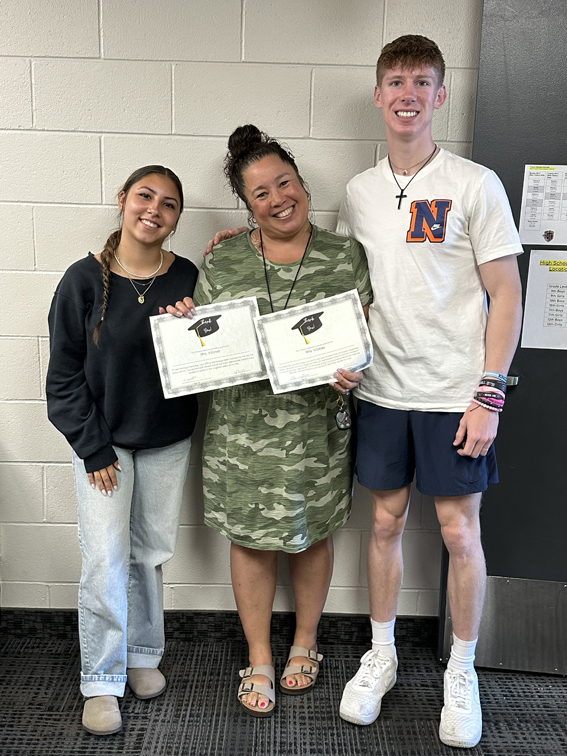
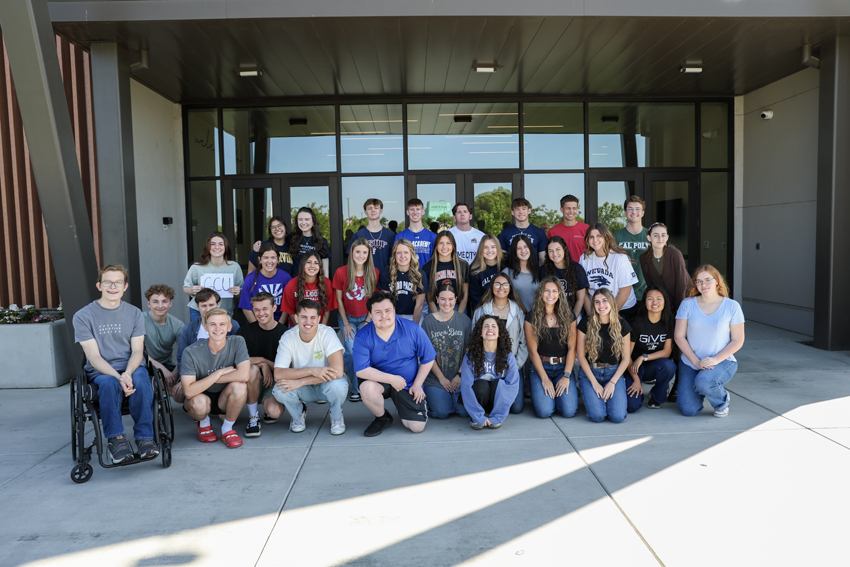
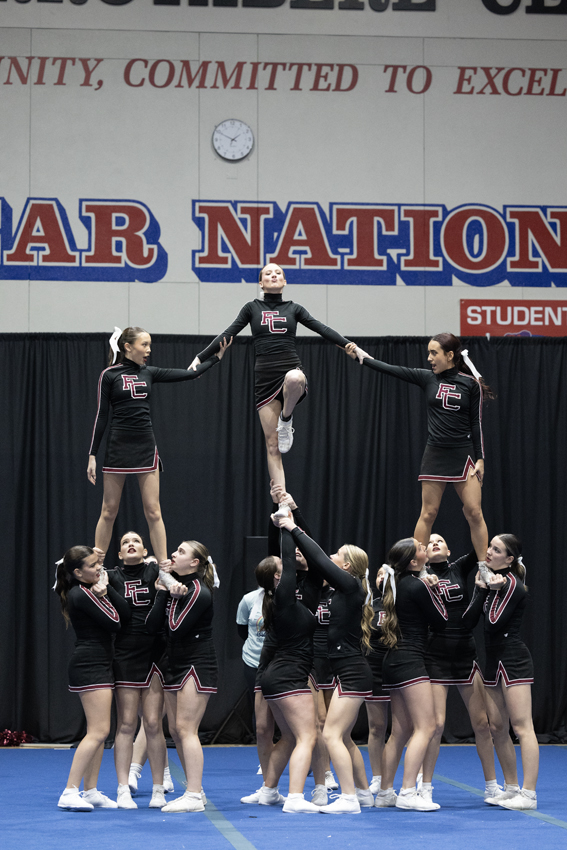
![[Video] Crumble Vs. Crave](https://thefeather.com/wp-content/uploads/2023/09/20230906-crave-vs-crumbl-BE007.jpg)
